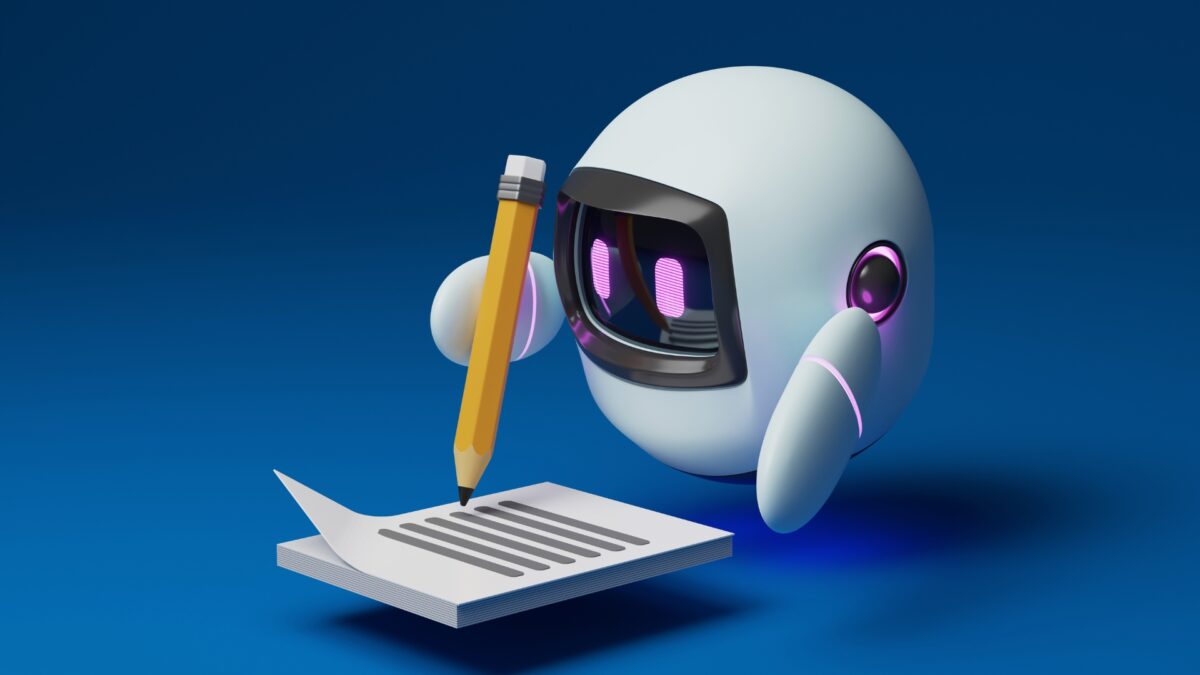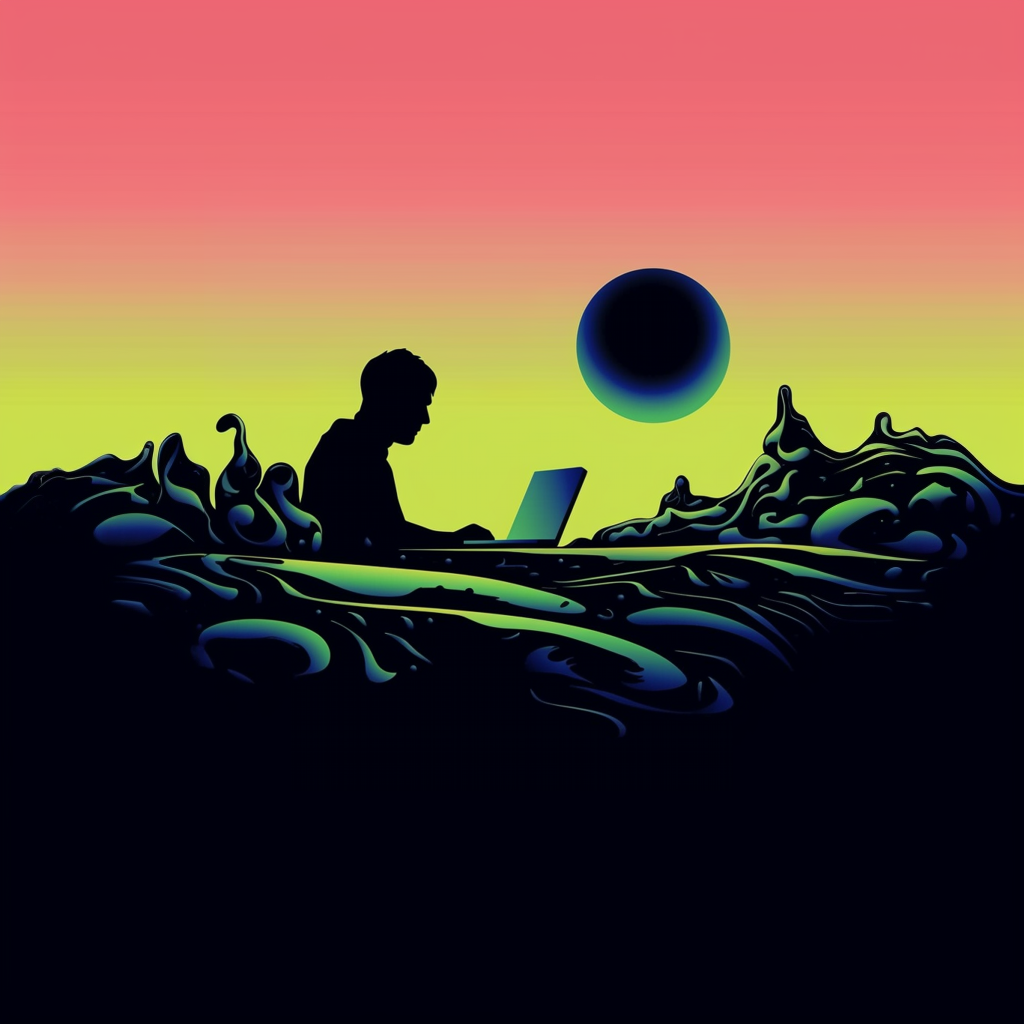Welcome to Now AI, your weekly overview of the most exciting developments in artificial intelligence. Whether you’re an AI enthusiast, artist, or simply intrigued by technological advancements, this is your hub for in-depth insights, expert interviews, and landscape-changing tools.
In this week’s edition, we spoke to the talented Tomeo, who reveals the secrets behind animating AI-generated art in Midjourney. We also take a deep dive into the controversial copyright arena, the rise of AI in both the literary and creative worlds, and our latest collection of AI tools that can make your life easier. Let’s dive in.
In the know: this week in AI
AI generated Increase content Concerns about copyrights For creatives
In recent developments, AI-generated content has sparked significant controversy in both the arts and literary fields, underlining the complex nature of copyright issues and the authenticity of AI-assisted creations.
Dungeons & Dragons, the iconic role-playing game franchise, has decided to ban the use of artificial intelligence for artwork creation. The decision came after they discovered that an artist they had worked with for years was using AI technology for commissioned works for an upcoming publication. Many fans raised their eyebrows at certain artworks and speculated about the origins of AI based on visible glitches, a common feature of AI-generated imagery.
In the literary world, author and journalist Jane Friedman highlighted a growing problem with AI-generated content on platforms like Amazon. Several books on writing and publishing topics, falsely attributed to her name, appeared on the platform alongside her actual publications. Friedman suspected AI’s role in generating these counterfeit books and expressed concern about the challenges AI-generated content poses to the reputation of authors and the book publishing industry.
Amazon’s stance on the matter has raised eyebrows, with their requirement of a trademark registration to validate Friedman’s claim. The situation highlights the need for clear guidelines and regulations around AI-generated content and its authenticity.

These incidents have sparked a debate about AI’s increasing influence in the creative field and how it crosses copyright laws. Many arts and music sectors have reconsidered protocols and awards standards. In addition, there have been cases where visual artists have sued AI companies for using their work without permission to train image-generating algorithms.
As AI becomes an integral part of our creative processes, the need for clear copyright guidelines, ensuring protection for real creators and maintaining authenticity becomes paramount.
Reports also suggest that online platforms, mainly Amazon, have been flooded with AI generated travel guides. These guides often feature high-quality cover designs, author biographies, and a mix of glowing reviews that mislead potential buyers. While AI can quickly produce massive amounts of generic content, the material often lacks authenticity and in-depth knowledge.
These developments are a highlight of AI tools. AI applications generate text and mock portraits; websites offer huge stock photos; platforms like Amazon’s Kindle Direct Publishing, which don’t have strict AI usage restrictions; and the uncontrolled practice of buying and posting fake online reviews. Not only is this against Amazon’s policies, but it may soon come under stricter FTC scrutiny.
Spotify’s AI DJ feature is going global, but will remain in English only
Spotify has expanded its AI-powered “DJ” feature to about 50 markets around the world after launching it in North America six months ago. Accessible through the Spotify mobile app’s ‘music’ feed, the DJ feature provides users with a personalized music experience augmented by synthesized voice commentary, similar to a personalized radio DJ show. Originally launched in the US and Canada, it reached the UK and Ireland three months later. While available in countries like Sweden, Australia, and Singapore, the feature remains in English, with most of the European Union still awaiting its debut.

5 AI tools that will make your life easier
AI is revolutionizing productivity at a rapid pace. Here are five tools you can’t live without that can boost productivity!
1. To copy.ai
A premier AI-powered writing tool. Leveraging OpenAI’s GPT-3 for versatile content generation, from blog headlines to web copy.
2. clipdrop.co
Create stunning images in seconds with AI. ClipDrop is a suite of visual editing and creation tools that offers a plethora of features, such as tools for background removal, object cleaning, image upscaling, relighting, and more.
3. Mem.ai
Taking notes has never been easier. Mem simplifies the organization of your notes by automatically tagging and connecting them.
4. waveformer.replicate.dev
Making music from text. Facebook research created the tool with 20,000 hours of licensed music for training.
5. Decktopus.com
Create a presentation in seconds. Specify the topic, audience and purpose of your presentation and the tool will generate a full presentation with slides and text.

/Prompty: AI GIF animations with Tomeo
If you’re familiar with the realm of AI image generation, then the name ‘Midjourney’ certainly rings a bell. With an impressive community of over 13 million active members on its Discord server, with a staggering million always online, Midjourney has shown no signs of slowing down.
Contrary to popular belief, harnessing the power of tools like Midjourney isn’t as simple as punching in a few words and waiting for magic to happen. The craft of “prompting” – fine-tuning the input to the AI model – requires both skill and creativity. Each update brings new tools, adding layers of complexity to achieve that perfect image output.
Now, with the release of Midjourney’s version 5, the game has changed again. Users can not only create mesmerizing images, but also breathe life into them by creating short, captivating animations from their generated art.
For this week’s /Immediately, we spoke to AI collaborative artist Tomeo about taking your AI-generated art to the next level through short animations, using Midjourney.
Image to animation process
tomeo: One of my favorite techniques in Midjourney is creating frame-by-frame GIF animations. It’s relatively easy to do, and let’s try creating a GIF animation using the following prompt:
“A Burning Skull in the Window, Edward Hopper Style -v 4.”

This method only works with version 4. We generate a grid of images and then scale up a suitable image several times in a row. Every time the image is upscaled, it’s slightly different, which is exactly what we need. Sometimes we need to generate more images than necessary to find frames that go well together.
Once the frames are ready, the next step is to assemble the animation in Photoshop, After Effects, or any other animation editing software of your choice.
The second method works with version 5. It involves making minor adjustments to the “stylize” parameter (—s) by 1-10 points while using the same “seed”. Let’s generate four grids of images with the following directions:
“A green, blue and pink skull with splashes of paint on a black background, in the style of cyberpunk manga, screen printing, anton fadeev, glitches, michael cho, technology design, intense close-ups –v 5.1 –seed 696969 –s 1.”
“A green, blue and pink skull with splashes of paint on a black background, in the style of cyberpunk manga, screen printing, anton fadeev, glitches, michael cho, technology design, intense close-ups –v 5.1 –seed 696969 –s 2.”
“A green, blue and pink skull with splashes of paint on a black background, in the style of cyberpunk manga, screen printing, anton fadeev, glitches, michael cho, technology design, intense close-ups –v 5.1 –seed 696969 –s 3.”
“A green, blue and pink skull with splashes of paint on a black background, in the style of cyberpunk manga, screen printing, anton fadeev, glitches, michael cho, technology design, intense close-ups –v 5.1 –seed 696969 –s 4.”

As with the first method, we assemble the animation from the resulting frames in our favorite software.
The second approach creates smoother animations, but may not work perfectly on every prompt because some frames are too similar. To achieve the best results, experimentation is necessary.
Such animations can serve as an excellent base for glitch art, and very intriguing results can be obtained with manual adjustments.
Experiment and enjoy the process!
AI candy
This week, we’re spotlighting inspiring artwork, mesmerizing videos, and other captivating creations that caught our eye, all born from the collaboration of artificial intelligence and human imagination.



 (@ingi_erlingsson)
(@ingi_erlingsson)